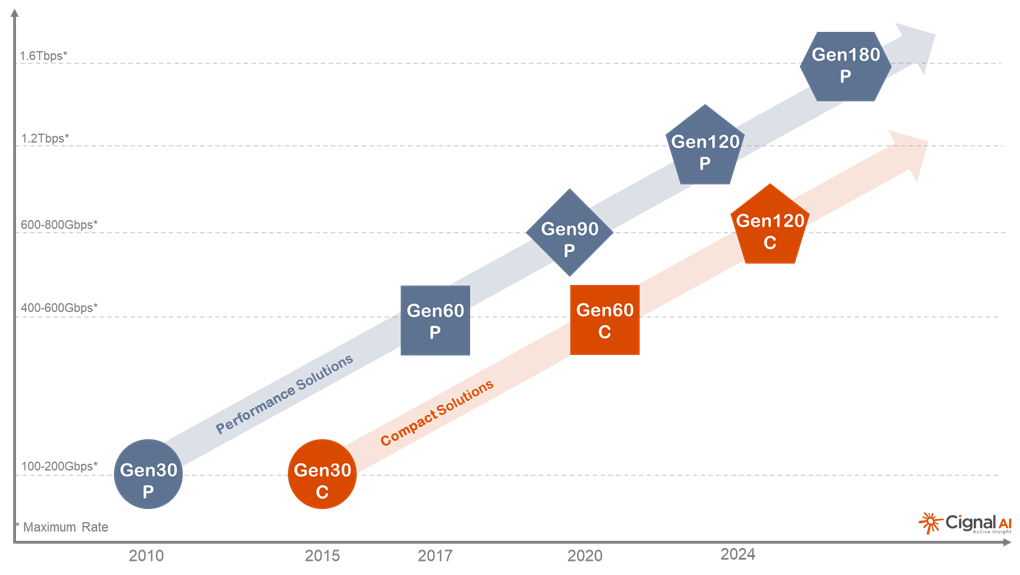Uncovering Who Uses Which DSP, and Which DSP Vendors Ship the Most.
In the past, when coherent optics were reserved for long haul routes and high-capacity metros, the vertically integrated vendors who controlled their own DSPs (e.g., Ciena, Huawei, Infinera, Nokia) had the most success selling coherent optical ports. However, as coherent optics have moved to pluggable formats and 400ZR-type modules have exploded in popularity for datacenter interconnect, that maxim no longer holds true. DSP development for high-performance optics supporting long-distance networks will remain within vertically integrated companies, but the market for the DSPs used in pluggables is growing with the introduction of both 800ZR and 100ZR this year and plans already underway for 1600ZR.
This is an update to our report originally published in April 2023. This report examines the market share for the DSPs. For information on the total volumes shipped of each coherent solution, a breakdown of module types, and forecasts for future growth, please refer to the latest Optical Components Report.
Download PDF VersionBackground
Cignal AI classifies coherent interfaces based on the baud rate (symbol transmission rate) of the technology. Within each generation, a technology is classified as Performance (P) or Compact (C). Performance optics are generally embedded solutions used for long-haul systems and compact solutions are pluggable.
- Gen30 optics have a top speed of 100-200Gbps
- Gen60 optics have a top speed of 400-600Gbps
- Gen90 optics have a top speed of 800Gbps
- Gen120 optics have a top speed of 1.2Tbps (embedded) and 800G (pluggable)
- Gen180 optics with a top speed of 1.6Tbps have been announced and should start public trials this year

The DSP (Digital Signal Processor) is the brain behind coherent transmission; it decodes the complex signals that are sent over fiber and compensates for impairments like dispersion. As the baud rates rise, DSP gate count and feature complexity increase, which requires the latest generation process technologies.
Equipment OEMs
The table below lists OEM equipment vendors and their DSPs of choice. Highlights indicate a solution from a vertically integrated vendor that uses an internally developed DSP.
Clients log in to access full report
